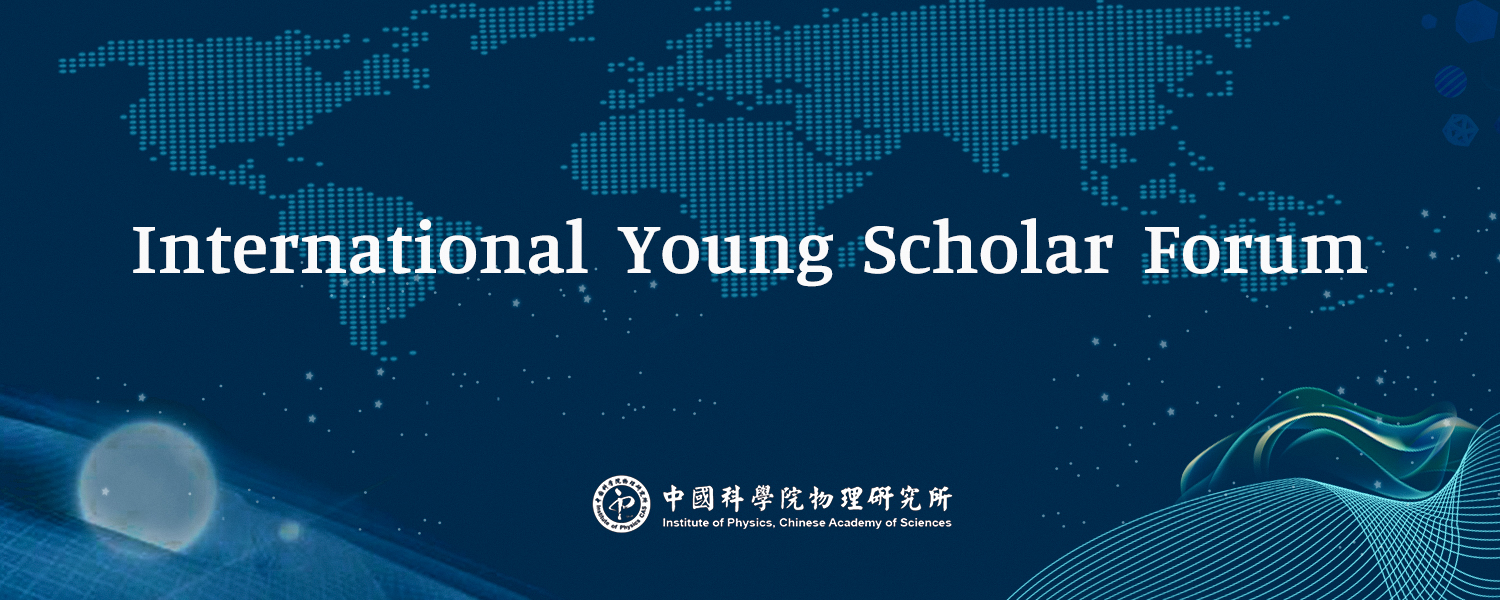Time: 10:00 am, December 15th, 2020
Speaker: Dr. Endao Han, Department of Physics, Princeton University
Abstract:
Jamming is a fluid-solid phase transition that happens in a wide range of disordered materials: from molecular systems such as glass, to soft matter systems such as grains or foams, to biological systems such as tumor cells. Particulate suspensions, which are mixtures of solid particles and liquids, can undergo a dynamic transition between fluid and solid states as well. As a popular demonstration of non-Newtonian fluids, well mixed cornstarch and water (with an approximately 1 to 1 volume ratio) solidifies when an adult is jogging on its surface, and becomes strong enough to support his or her weight. However, when the person stands still, the suspension transitions back to a viscous fluid and the person sinks in. Despite the popularity of such videos on social media, the mechanism underlying many complex rheological properties shown by concentrated particulate suspensions was largely unknown, and it has led to heated but fruitful discussions throughout the last decade. In this talk, I will present our experimental effort to unveil the hidden flows in these optically opaque materials by introducing novel imaging techniques, and then take advantage of such transient flows to characterize mechanical properties of dense suspensions close to jamming, which cannot be obtained using standard rheological techniques.
Brief CV of Dr. Endao Han:
Dr. Endao Han received his Ph.D. in Physics in 2018 under the supervision of Prof. Heinrich Jaeger at the University of Chicago. Currently, he is a postdoctoral fellow in the Center for the Physics of Biological Function at Princeton University, working with Prof. Joshua Shaevitz and Prof. Howard Stone. His PhD thesis focused on the jamming transition in particulate suspensions. Then he decided to dive into biophysics and started working on collective motion of bacteria, exploiting his experience in rheology and image processing.
